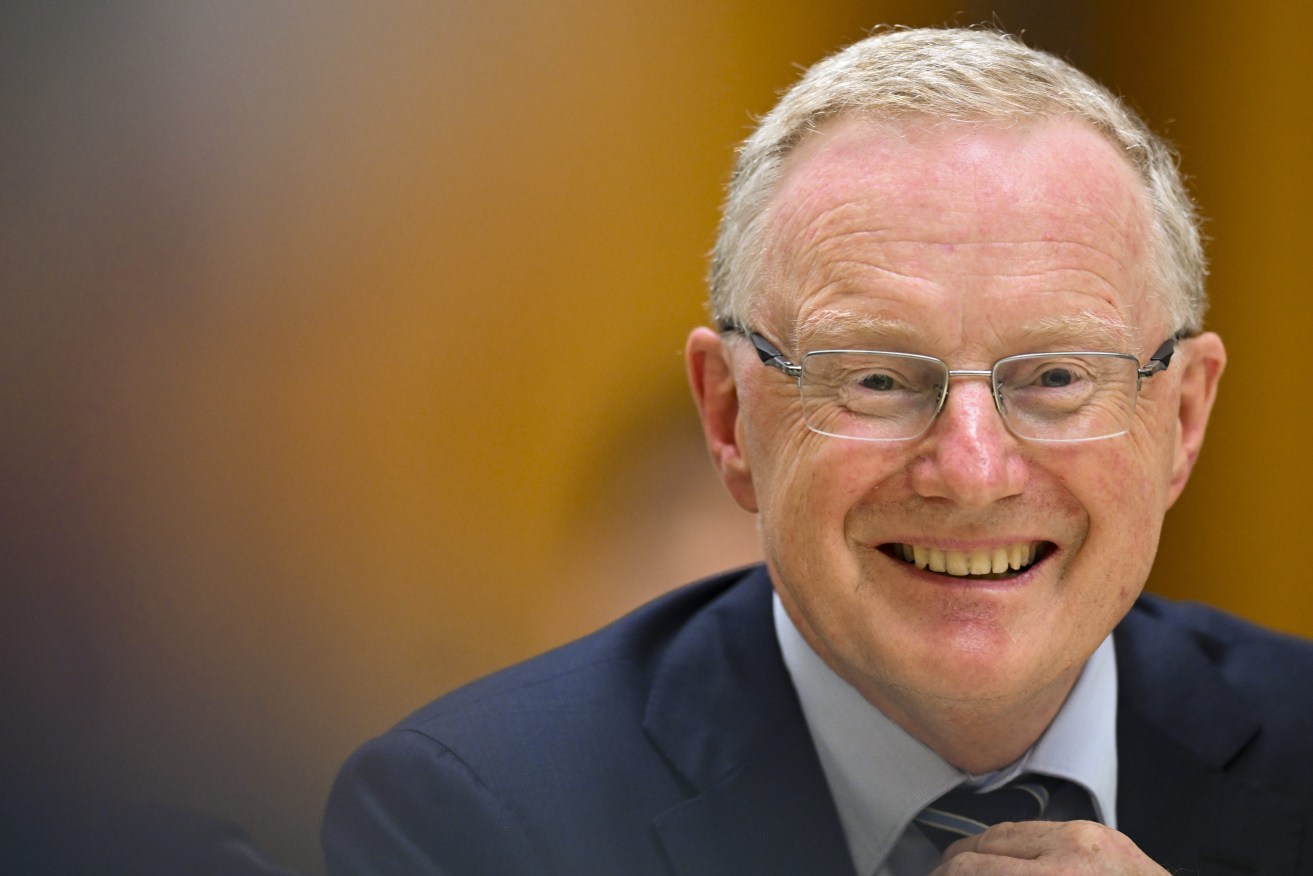Our next RBA governor will be named within days – but who’ll be willing to take it on?
Treasurer Jim Chalmers will name the next governor of the Reserve Bank of Australia in July.

Governor of the Reserve Bank of Australia (RBA) Philip Lowe speaks during Senate Estimates at Parliament House in Canberra, Wednesday, February 15. (AAP Image/Lukas Coch)
Dr Chalmers said he planned to make the announcement about the future leader, as Governor Philip Lowe’s term ends in September.
“This is a big job, it’s a big call, we’ve worked through it in a methodical way,” the treasurer told ABC radio on Thursday.
He would not confirm whether Dr Lowe would be reappointed, and said the future governor needed to be “well placed” to implement recommendations made by a review into the central bank to take it into the future.
“It’s a key institution that obviously makes decisions which matter a great deal to the living standards of the Australian people,” he said.
“That’s why we don’t take decisions like this lightly.”
It comes as fresh data from property firm Domain suggests house prices in Sydney, Adelaide and Perth will break records by the end of the next financial year.
After leading the 2022 downturn brought on by the Reserve Bank’s aggressive interest rate hiking cycle, Sydney is set to stage the strongest rebound of the capital cities.
House prices are forecast to grow by between six and nine per cent in the harbourside city.
If that growth eventuates in an already rebounding market, it will reverse the 9.6 per cent peak-to-trough fall in Sydney house prices.
Adelaide dodged a downturn last year and could end up avoiding a serious downswing. Forecasts have house prices lifting by two to five per cent over the next 12 months.
Perth house prices are also anticipated to reach record highs by the end of the 2023/24 financial year if Domain’s predicted one to three per cent growth comes to fruition.
Unit and house price growth is expected across the combined capitals and a more modest lift in the regions over the 12 months.
Domain chief of research and economics Nicola Powell said population pressures were butting up against abnormally low levels of new listings to drive prices up.
Temporary and permanent migration has lifted exponentially since Australia reopened its borders in late 2021.
“Of course, unlike natural population growth, those arriving from overseas aren’t already housed,” Dr Powell said.
She said nearly 130,000 extra dwellings would be needed in the next financial year to house the new arrivals.
Sluggish home building will also keep supply constrained and likely keep pressure on home prices.
“While prices are expected to rise, affordability will contain the pace of growth, as the likes of rapidly rising interest rates and ongoing mortgage serviceability challenges continue to play out in a complex and dynamic market,” Dr Powell said.
While higher interest rates and serviceability buffers will likely keep a lid on the amount buyers can lend, the report suggests lower borrowing capacity could also divert demand to more affordable areas.
There are also about 880,000 households tipped to roll off their low fixed-rate mortgages to higher variable loans throughout the next financial year, which could trigger forced selling.
Similarly, the expected rise in unemployment from higher interest rates and slower growth could prompt an increase in mortgage arrears and distressed sales.












